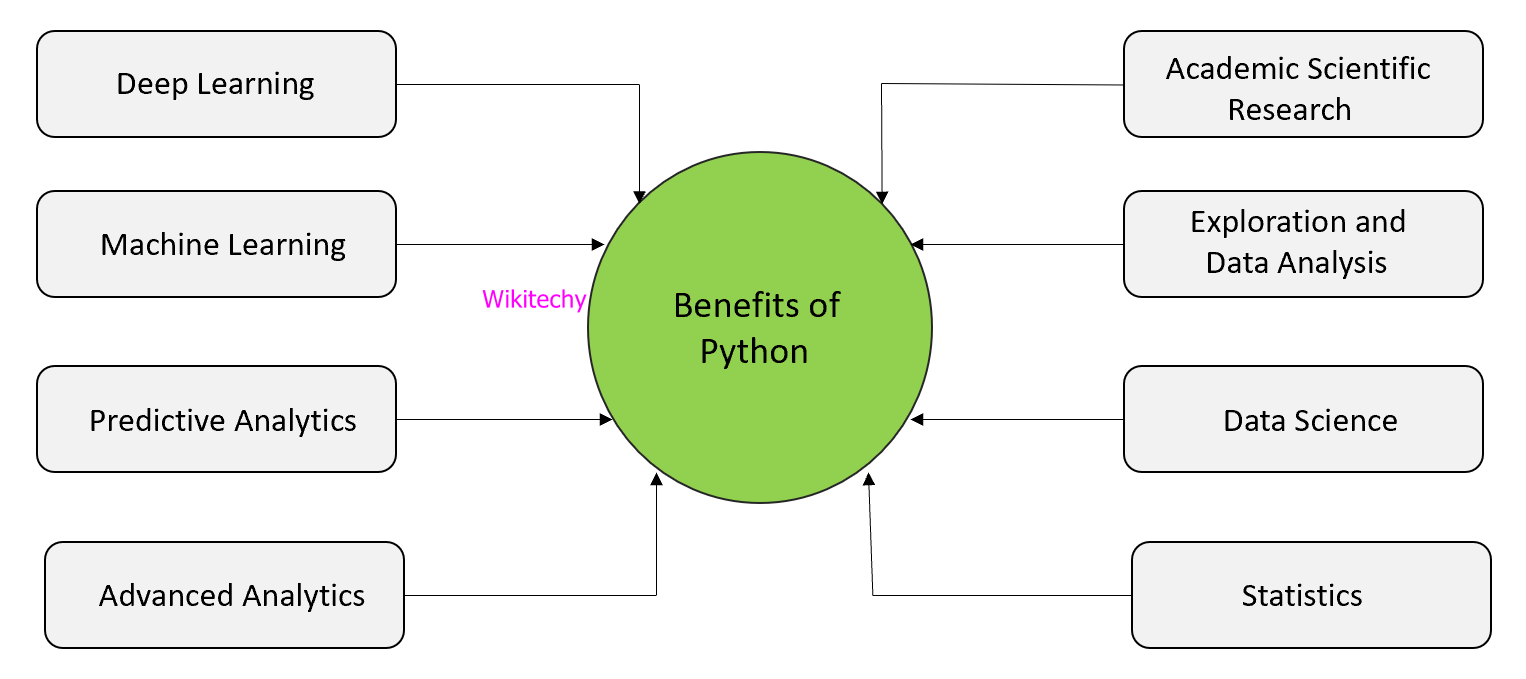Machine Learning
- It is simply making a computer perform a task without explicitly programming it.
- Nowadays in world every system that does well has a machine learning algorithm at its heart.
- For example, Amazon Product recommendations, Google Search Engine, Facebook, LinkedIn, etc.
- They are efficiently utilizing data collected from various channels which helps them to get a bigger picture of what should they do and what they are doing.
Deep Learning
- It is a class of machine learning algorithms which uses multiple layers to progressively extract higher level features from the raw input.
- For example, in image processing, lower layers may identify edges, while higher layers may identify the concepts relevant to a human such as letters or faces or digits.
- Smart developers choose python because it is particularly suitable for Deep Learning projects because of its simple syntax and make the language accessible to non-programmers.
Predictive Analytics
- It is the branch of the advanced analytics which encompasses a variety of statistical techniques from machine learning, data mining and predictive modelling.
Advanced Analytics
- It is a part of Data Science that uses high-level methods and their tools to focus on projecting future events, behaviors and trends.
- For advanced analytics data mining is a key aspect of providing the raw data that will be used by both big data and predictive analytics.
- Pandas is the Python Data Analysis Library, used for everything from importing data from Excel spreadsheets to processing sets for time-series analysis.
Exploration and Data Analytics
- It is a phenomenon under data analysis used for gaining a better understanding of data aspects like variables, relationships that hold between them and main features of data.
- Another side benefit of Exploration and Data Analytics is to refine your selection of feature variables that will be used later for machine learning.
Data Science
- It is the study of the data which involves developing methods of recording, storing, and analyzing data to effectively extract useful information.
Statistics
- Python is a general-purpose language with statistics modules in which R has more statistical analysis features than Python, and specialized syntaxes.

